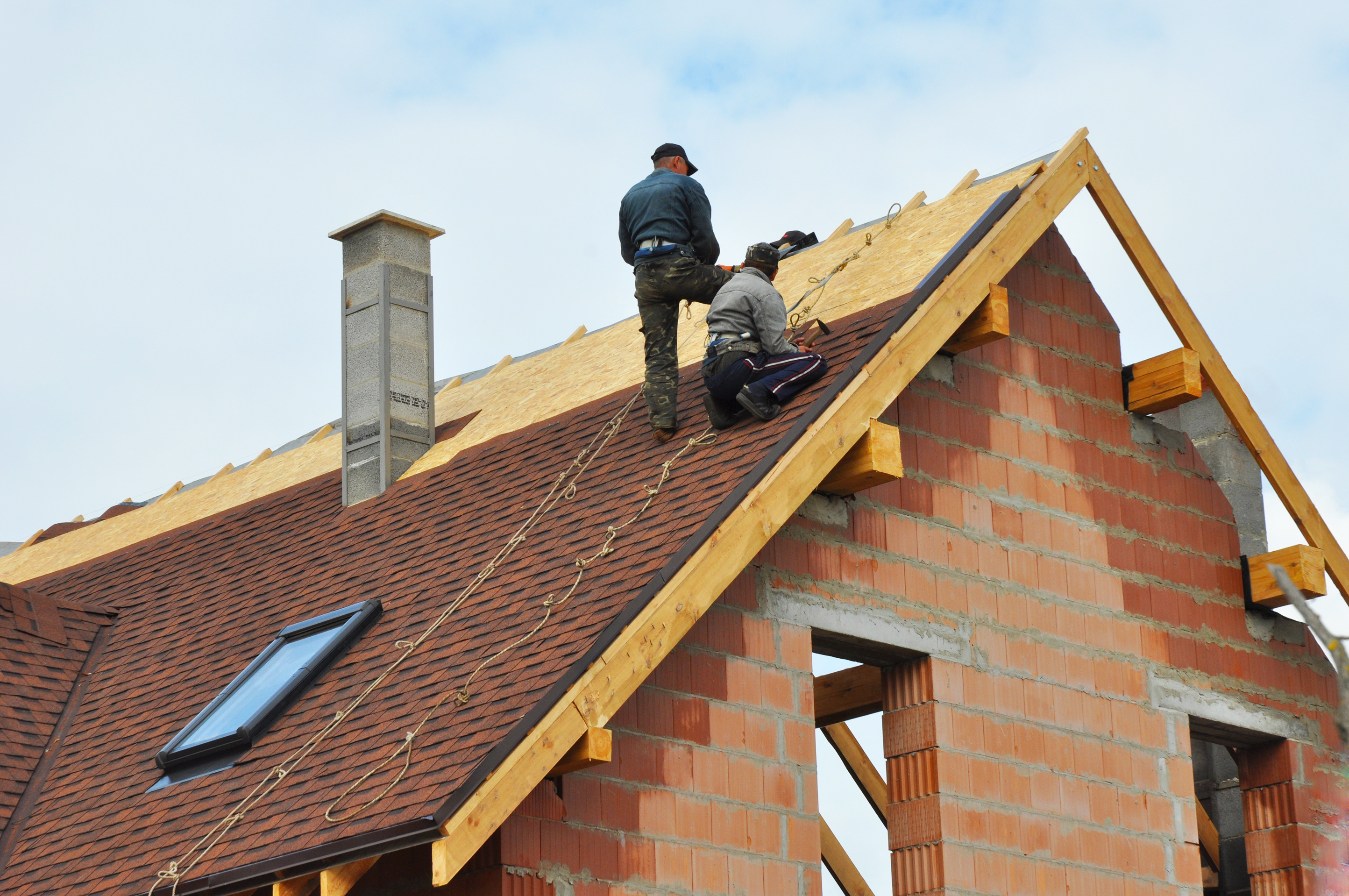A Comprehensive Consider Roofing Companies Gainesville Locals Recommend
A Comprehensive Consider Roofing Companies Gainesville Locals Recommend
Blog Article
Finest Practices for Ensuring Appropriate Roofing Ventilation
A balanced consumption and exhaust air vent proportion, frequently 1:300, plays a crucial duty, with intake vents ideally put at the lower edge of the roofing for amazing air access and exhaust vents at the height for cozy air leave. Keeping insulation away from vents is crucial to prevent air flow constraint.
Understand Air Flow Fundamentals
Correctly recognizing air flow basics is crucial for guaranteeing the longevity and effectiveness of roof. Efficient air flow alleviates moisture buildup and temperature extremes in the attic room, both of which can bring about considerable architectural damage gradually. A well-ventilated roofing system aids in protecting against usual concerns such as mold growth, timber rot, and ice dams, which can endanger the stability of the roofing products and the underlying frameworks.
The primary objective of ventilation is to help with the activity of air, allowing for a constant exchange between the exterior and indoor settings. This balance is attained through a mix of consumption and exhaust vents that interact to maintain optimal air flow. Intake vents, typically situated along the eaves or soffits, allow fresh air to go into the attic space, while exhaust vents, typically situated at or near the roofing system ridge, make it possible for hot, humid air to leave.
Key factors influencing the effectiveness of roofing system ventilation include appropriate placement, ample sizing, and making certain that both consumption and exhaust vents are unblocked. Normal examination and maintenance are critical to recognize potential clogs, damages, or inefficiencies in the air flow system, therefore guarding the roof's efficiency and longevity.
Sorts Of Roofing System Vents
Roofing vents play a crucial role in keeping reliable attic ventilation and, by extension, the general wellness of the roofing system. Numerous types of roofing system vents are offered, each with special advantages tailored to specific roofing requirements.

Soffit vents are mounted under the eaves and operate in tandem with roof covering vents to guarantee a balanced intake and exhaust system. By allowing cooler air to get in from below, soffit vents promote the expulsion of warm air with top vents. Gable vents, located on the outside walls of the attic, deal another effective solution, particularly in homes with gable roof coverings.
Examine Your Present Ventilation

Following, think about the age and problem of your roof covering materials and air flow components. Older systems might not abide by present structure codes or may have worn away gradually, reducing their performance. Conduct a comprehensive assessment to recognize any type of indicators of deterioration, such as corrosion, damages, or voids that could jeopardize the system's performance.
Furthermore, measure the attic room temperature level and moisture degrees. High temperatures and moisture can suggest poor ventilation.
Installation Best Practices
Efficient installation of roofing ventilation systems is critical for guaranteeing optimum performance and long life. Correct installation starts with understanding the particular ventilation demands of the roof and the structure it covers. This includes computing the appropriate ratio of intake to wear down vents, usually adhering to the 1:300 guideline, which specifies one square foot of ventilation for every 300 square feet of attic flooring area.

Consumption vents need to be set up at the roofing's lower edge, typically in the soffits, to permit amazing air to get in. Exhaust vents, on the other hand, why not look here must be mounted near or at the roofing system's peak to facilitate the departure of cozy, moist air.
Seal all vent links diligently to avoid air leakages and potential water infiltration. Use high-quality materials and follow maker standards have a peek at this site to ensure toughness and performance. Furthermore, integrating ridge vents with baffles can substantially enhance airflow effectiveness by stopping wind-driven rainfall and snow from getting in the attic.
Ultimately, specific installment of roof ventilation systems mitigates potential issues such as mold and mildew growth, ice dams, and architectural damage, making sure the roofing's stability and the building's overall health and wellness.
Normal Upkeep Tips
Uniformity in maintenance methods is fundamental to guaranteeing the lasting performance of roof air flow systems. Throughout these inspections, make certain that vents are totally free of particles, nests, and other obstructions that might hamper air flow.
Cleaning up the vents is an additional crucial job. Make use of a soft brush or a vacuum cleaner to eliminate dirt and debris from intake and exhaust vents. Beware not to damage the vent screens or louvers during the procedure. Additionally, check the attic space for any type of signs of water damage, which can compromise the integrity of the roof covering system.
Correct insulation is just as important. Guarantee that attic room insulation does not block the vents, as this can badly limit air movement. If any type of insulation has actually moved or resolved, rearrange or change it to maintain an effective obstacle.
Finally, replace any harmed or missing out on elements promptly. Damaged vents, split shingles, or deteriorated flashing can all add to insufficient ventilation and ought to be addressed right away. Normal maintenance makes certain that the roofing ventilation system operates ideally, thereby prolonging my latest blog post the life-span of the roofing system itself.
Verdict
Guaranteeing proper roof covering air flow is critical for preserving the performance and longevity of a roof. Adherence to the 1:300 consumption and exhaust vent proportion, combined with the calculated positioning of vents, is essential. Normal biannual inspections, debris cleaning, and guaranteeing insulation does not obstruct air movement are critical techniques. Implementing these finest methods will foster a well-ventilated roof, thereby minimizing potential issues associated with moisture build-up and extreme heat, eventually lengthening the roof covering's life-span.
A balanced intake and exhaust air vent proportion, generally 1:300, plays a pivotal role, with consumption vents preferably put at the reduced side of the roofing system for awesome air entrance and exhaust vents at the height for warm air departure. Consumption vents, usually located along the eaves or soffits, allow fresh air to go into the attic room area, while exhaust vents, typically situated at or near the roof ridge, allow hot, damp air to run away.
Soffit vents are installed under the eaves and job in tandem with roofing system vents to ensure a balanced intake and exhaust system. By allowing cooler air to enter from below, soffit vents facilitate the expulsion of hot air through top vents. Adherence to the 1:300 intake and exhaust air vent proportion, combined with the tactical positioning of vents, is vital.
Report this page